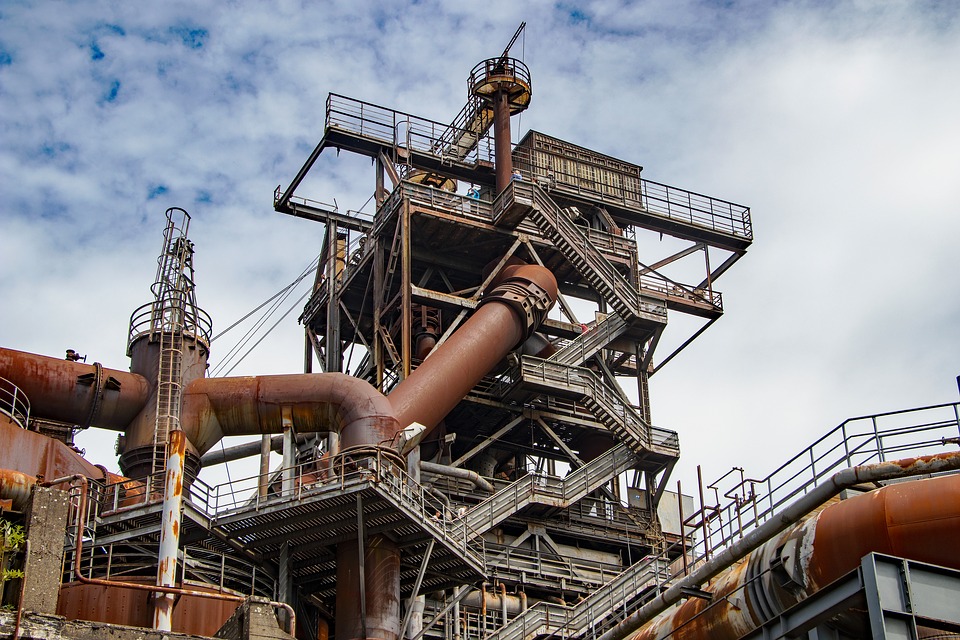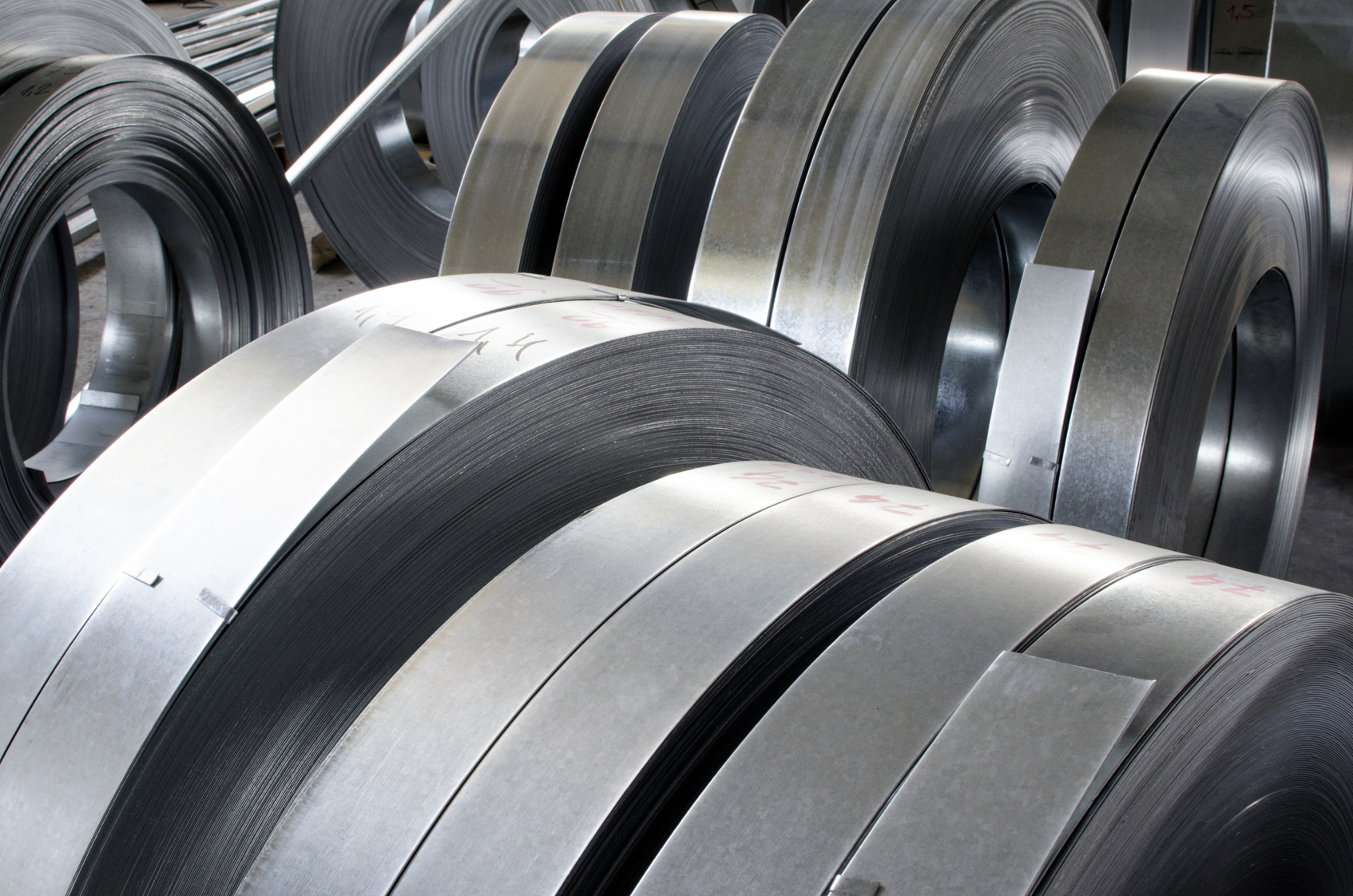The steel industry has a reputation for being one of the heaviest greenhouse gas producers in the modern world. Manufacturers have taken notice, and steel is changing rapidly thanks to new innovations in production. How producers use water to cool, what happens to the byproducts and everything about the formation of modern steel is now cleaner and more efficient.

Today’s steel is made with consideration of every byproduct of its production process. This eco-friendly approach to steel production has made steel manufacturers competitive on a global scale, as steel reclaims its demand in construction.
Re-Use Materials
Steel is produced to specifications defined by the buyer, and some materials used in manufacture are tossed out after production. Block gauges that otherwise erode are replaced with wear blocks and trade disposability for longevity. Steel is resistant to abrasion and highly reusable. Saving materials on precision manufacture reduce the environmental footprint and overall costs.
A higher percentage of steel manufactured today utilizes recycled steel in its production as well. That’s boosted steel production in the developed and developing world, and made steel a greener substance than in past generations. There’s a cost to mining iron, which is necessary for steel production. Reuse reduces the need for expensive and environmentally dirty mining operations.
Recycle Waste
Waste from steel is another problem the industry has found solutions for. Steel waste affects water, air and creates new materials. These materials, called “slag”, were previously discarded. Today, slag has many uses. You might commonly see it as filling on a rail system or embankment, but it’s also used in concrete and as part of insulation. Finding new uses improves the resilience of those other materials and cuts down on accumulated garbage.
There is more than one way to produce steel, and futurist thinking has already produced results. New methods of filtering water used to cool molten steel have resulted in a recycling rate of over 90%. New production methods utilize chemical reactions to reduce carbon dioxide, a primary byproduct of heating and maintaining molten steel.
That said, this modern heating source also dramatically reduced deforestation. Previously, the world’s forests powered steel production. Thankfully, this occurs less frequently.
Steel in Production
Using steel carries benefits for the environment as well. Steel can be shaped to specification in the factory, even fitted together. Entire structures can be assembled and safely deployed rapidly. Pre-fabrication reduces the environmental impact that labor would normally have. Heating and cooling methods have also improved energy efficiency in steel plants.
There’s also the longevity of the material itself. Steel doesn’t need replacement on a regular basis the way wood or brick might. Renovation costs and downstream effects on the environment make steel a good choice when considering resilience.
Combined with smart design, steel can form the backbone of eco-friendly construction practices.
Final Thoughts
Great strides in steel production have made the production process environmentally friendlier. As a result, steel is more affordable to produce and requires little downstream investment. As construction demand rises, steel is becoming the material of tomorrow.
However, there is always room for improvement. In the future, new production processes will focus on improving yields and creating less waste. The engineering behind steel production is focused on efficiency, a major factor in cost reduction.




